Prime Rib Roast (Boneless)
Prep Time
24 hours
Cook Time
1 - 3 ½ hours
Rest Time
30 - 45 minutes
WHAT YOU’LL NEED
1836 Butchers Prime Rib Roast (Boneless)
Meat Thermometer or Digital Probe Thermometer
Heavy Metal Roasting Pan with Rack
Kosher Salt & Pepper, to taste
INSTRUCTIONS
The night before you are going to cook the prime rib, unwrap the roast and let it sit uncovered in the refrigerator. This will dry out the surface, which makes it easier to get a nice brown color on the roast.
It is crucial that you allow the roast to come to room temperature to ensure even-cooking. Three to four hours before you want to begin cooking, take the roast out of the fridge and place it on a cutting board.
Half an hour before you start roasting, preheat your oven to 450°F and add additional salt & pepper, if needed.
When you're ready to cook, set the roast in a roasting pan with a rack, fat-side up.
Insert a meat thermometer or a digital probe thermometer into the deepest part of the meat. If you're using a digital probe thermometer, set it to alert you when the meat hits 120°F.
Roast for 20 minutes, then lower the heat to 325°F and roast until the meat's internal temperature reaches 120°F, which will be approximately 1 to 3 ½ hours, depending on the size of your roast and your oven.
When the prime rib hits 120°F, take it out of the oven and transfer it to a cutting board and cover it with foil. Leave the thermometer in. You're going to want to rest the meat for 30 to 45 minutes, during which time the temperature will continue rising to around 130°F, which is perfect medium-rare and then drop back down to 120°F.
When it hits 120°F, it's fully rested and ready to slice and serve.
NOTE: For medium-rare prime rib, take the roast out of the oven at 120°F. It will continue cooking until it reaches 130°F. If you prefer a medium prime rib, take it out at 130°F with a target temperature of around 140°F. Either way, you'll still want to rest the meat until it comes back down to 120°F before carving it.

